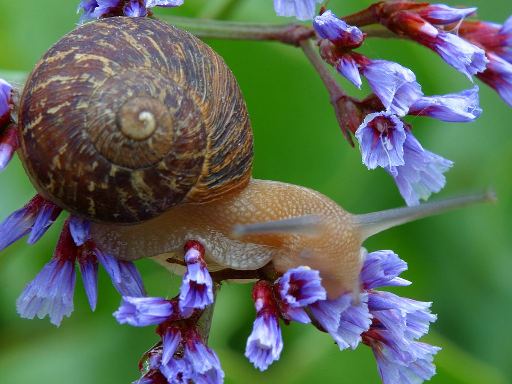
Interactions
 Daedalochila postelliana’s relationship with other
animals usually involves getting eaten or used as a host for
parasites (Dourson, 2010). The predatory interactions
Daedalochila postelliana encounters involve salamanders,
shrews, mice, and birds (Dourson, 2010). Salamanders eat the
snail whole, devouring the shell like it’s the ice cream on a
slice of pie (Dourson, 2010). On the other hand, mice drill
through the apex of a snail’s shell and extract the fleshy
substance of the snail from the snail (Dourson, 2010).
Daedalochila postelliana’s relationship with other
animals usually involves getting eaten or used as a host for
parasites (Dourson, 2010). The predatory interactions
Daedalochila postelliana encounters involve salamanders,
shrews, mice, and birds (Dourson, 2010). Salamanders eat the
snail whole, devouring the shell like it’s the ice cream on a
slice of pie (Dourson, 2010). On the other hand, mice drill
through the apex of a snail’s shell and extract the fleshy
substance of the snail from the snail (Dourson, 2010).
Although this class of Gastropoda have teeth one would never catch Daedalochila postelliana going to the dentist. The teeth are more like sharp calcium carbonate deposits that hang off the aperture(opening) of the snail (Dourson, 2010). These ‘teeth’ also help fight off the snail’s vilest predator which is the Cychrine beetle (Dourson, 2010). The Cychrine beetle is equiped with a pointed head that can easily maneuver itself into the aperture(opening) of most snail shells (Dourson, 2010). The Daedalochila postelliana’s teeth provide a way to block the Cychrine beetle from entering their shell and sucking out its innards (Dourson, 2010). For more information on the basal tooth see Adaptations. This species of snail would also provide a great companion for any child or adult. They are extremely low maintenance and can be left alone for weeks if one is traveling abroad.
Please check out my references!
Or return to the Home page.